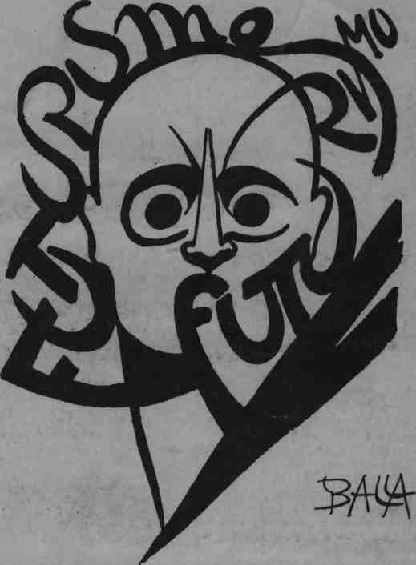Back to the Futurist: Andrew Graham-Dixon on Giacomo Baila at Riverside.
MARINETTI, Futurism's driving force, kick-started the movement into life when he announced that "The world's magnificence has been enriched by a new beauty: the beauty of speed". Proclaiming a new utopia of The Machine, Marinetti trashed the past in all its cultural forms and called on artists to embrace modernity — to usher in the exciting, explosive, electrified future.
While Marinetti wrote the texts, it was left to artists like Giacomo Baila — the subject of a small but fascinating exhibition at the Riverside — to come up with paintings to match the dynamism of this brave new world. In the First Futurist Manifesto, Marinetti insisted breathlessly that "a racing car whose hood is adorned by great pipes, like serpents of ex-plosive breath — a roaring car that seems to run on shrapnel — is more beautiful than the Victory of Samothrace". Balla's Dynamic Penetrations of a Car, or his Car Speed (both 1913), are quintessential Futurist inventions, clearly inspired by Marinetti's odes to the automobile.
Balla's recipe was relatively straightforward: he took the fractured but static world of the Cub-ists, and galvanised it with the as-sistance of techniques learned from multi-exposure photogra¬phy. The results are disorientat¬ing, splintered visions of perpet¬ual motion; like watching a film sequence through a pane of shat-tered glass. If they no longer look futuristic (with a small "f ') that is because the technology they cele-brate has aged, and Balla's cars now look quaintly vintage.
Baila is most interesting, however, for his deviations from the Futurist stereotype. He was never cut out for the kind of macho stridency that led Marinetti to de¬clare that "we will glorify war — the world's only hygiene" (it "cleansed" the world of Futurism's greatest talent, Umberto Boccioni, killed...


